Warning: you are now experiencing BetaKit #longform content. TL;DR does not apply. Feature photography: Sanjay Chauhan.
CREATE MORE VALUE THAN YOU CAPTURE:
AN ORAL HISTORY OF TORONTO PRODUCT DEVELOPMENT

By ELENA YUNUSOV
Facebook
Twitter
LinkedIn
Toronto’s product development community has evolved dramatically since its inception. In the retrospective below, you’ll find stories and reflections from many (but not all!) of those who helped shape Toronto tech.
2005-2010: “Be like Feist”
It seemed like just another grey and chilly day in November of 2005, when Teehan+Lax opened its doors to welcome a small crew to BarCamp Toronto. An unconference about all things web design and development, the event was part of a larger movement in cities around the world to build community through technology; if you were attending BarCamp, you were expected to present.
It’s more than a coincidence that this now-legendary event amongst old-timers in Toronto’s tech community was hosted by a design shop. But it does seem auspicious that follow-ups were hosted in Liberty Village. The neighbourhood was then a nondescript area of the city — a “wasteland” of old industry, parking lots, and not much else.
“I was in Liberty Village – wasteland,” TWG’s VP of Product, Tom Walsham, told me. “No nice coffee shops, Shoeless Joe’s was the only place you could go to eat. You didn’t have any reason to go there; nobody was living there.”
The 20th century brick-and-beam buildings of Liberty Village were waiting to be filled with something new.
The Before Times (2002-2004)
“We saw a few things happening in 2002 that we thought required a new type of company. The dot-com bust had provided a clean dividing line between the first generation of the internet (1995-2001), and what we felt was a new chapter.
We saw technology commodifying. If you wanted to build a website in 1996, most corporate IT groups didn’t have the process, resources, or capabilities to do it. Companies hired large consultancies and agencies to do this. By 2002, things had changed. Web technology had become operationalized inside corporate IT. They were no longer looking for large end-to-end help, but rather specialized help on the thing they still couldn’t do, front end design.
We saw the value shifting from the back end to the front end. We wanted to create a company that could meet this new demand with a speciality service. Eventually, the term Web 2.0 would come to define this new time period. […] While we didn’t know it at the time, we were coming to the same conclusions that the lean and agile movements would popularize over the next few years.”
– Jon Lax (The making of Teehan+Lax: The Story of Our Company)
For those willing to look past the surface, Toronto in the early 2000s was burgeoning with activity — in technology, arts, urbanism, and design — about to drastically transform the city. You’d find flyers promoting FITC (originally known as Flash in the Can, and initially dedicated to Flash development) on Queen St. West lampposts just steps away from a strong art scene packed with small galleries. If you were lucky, or knew where to look, you could catch The Constantines, Feist, or Broken Social Scene playing an intimate show somewhere nearby.
BarCamp Toronto was happening just a short walk from the Gladstone Hotel, which began restorations in 2003. Opening its doors to artists of all stripes, the Gladstone hosted the very first Come Up To My Room, a showcase of local alternative art and design talent. A few years later, in the depths of winter and harsh freezing temperatures, more than a hundred urbanists, technologists, and some of the top bureaucrats would also show up at the Gladstone for TransitCamp, a throwdown of technology, policy, and civic activism, using enthusiasm to heat up the newly reopened, still-uninsulated building. Along with 401 Richmond, the Drake Hotel, and later, the Centre for Social Innovation, the Gladstone helped give rise to the reclamation of old 20th century spaces as hubs for art, culture, and tech.
Much like the indie acts putting Toronto’s music scene on the map (while Drake was still attending Degrassi), the ‘indies’ packing the floor at BarCamp and DemoCamp were building the city’s design and development scene. Those early meetups set Toronto on a course that would see companies like FreshBooks, Wattpad, TWG, Normative, and Teehan+Lax rise up, showing that, yes, you could build world-class products north of the border, with design and development as the centre of gravity driving the action.
“Indie is the new mainstream – Be like Feist:
1, 2, 3, 4… smaller acts pack the floor.”
– David Crow, Danger Capital founder
“I think very specifically about 2005 to 2010 as a time where the different worlds of product development, marketing, social media, agencies, and service providers just started to blur,” Satish Kanwar told me. Now the VP of Product at Shopify, Kanwar at that time was hustling for his own startups, first Vdot Media, then Jet Cooper (acquired by Shopify in 2013). “I was still very early in my career, seeing all these communities starting to recognize the value in each other more clearly.”
“And David Crow [co-founder of the influential Canadian technology community StartupNorth] was everywhere,” Kanwar continued. “He was the grandmaster of it all! He made technology sexy. He would get people out to show their stuff off, get together, bring people in a room, make it about more than the code. He created this very positive feedback loop and reward cycle for people that would come out of the basements and the small offices, share what they were working on, and get to know each other. And I think to see more people encourage your work, it was revolutionary.”

“An office to call our own.”
“That’s [2008] when we moved to the Burroughes Building and found a nice little space there, the first independent office to call our own. We painted one of the walls the green we still use today for TWG; it had a window that overlooked all of the construction that was starting to happen in Toronto back then. At the time, we had unobstructed views of downtown and the CN Tower.
We started to grow our team and made a conscious decision to activate ourselves and the community around us. We hosted and organized events like NerdLearnTO, built around good people drinking wine and talking to each other about doing interesting things.
I was good friends with Mike McDerment from university — he had a web agency called Anacon — and we were sitting in Shanghai Cowgirl on Queen West when he told me about his idea to make an online invoicing platform. I hummed and told him that there was Quicken and other companies who had that market cornered, and I’m so glad I was wrong.
We went to the first BarCamp and then DemoCamps, presented some of the projects we were getting involved with at TWG. Around that time, there was a great initiative called LeanCoffeeTO, started by Satish Kanwar and Mark Reale. We had been studying and learning about Agile development and different approaches including Scrum, Kanban, and lean startup methodologies. We were small startups and small agencies helping each other navigate the industry, and those friendships remain strong today, almost ten years later.”
– Dominic Bortolussi, TWG Partner and founder
The revolutionary idea that Torontonians could play a part in the future of the web — and that you didn’t have to move to play your part — began to draw a wider audience. BarCamping, DemoCamping, TransitCamping (none of this involved actual camping, which kind of seems like a missed opportunity) eventually culminated in Mesh in 2006. Billed as ‘Canada’s Web Conference’ and hosted at MaRS (itself a newly formed innovation space for the city), Mesh threw open the doors for the grassroots community to connect with leaders from business, publishing, and other worlds about to be disrupted by the internet.
Mesh was also able to draw U.S. attention, a major point of validation for a nascent tech community craving it. Early Mesh conferences featured the likes of PR pro Steve Rubel, GigaOM founder Om Malik, and Canadian expat turned Valley investor Paul Kedrosky. Importantly, these leading figures weren’t just speaking to Canadians about the future of the web, they were speaking with them. For a conference dreamed up during a dinner conversation about blogging, Mesh demonstrated the power of network effects.
The Magic of Mesh
“After the first BarCamp, a few people were going to get together for dinner. There was a sense that something big is happening, and so Matt Ingram, Rob Hyndman, Mark Evans, Tyler Hamilton, we talked about a common thread, which at the time was about blogging.
At the end of that dinner, we thought, ‘more people need to get together and talk about these things, and why don’t we host a conference’? And just eight or nine weeks later, we had a conference. We didn’t have any money to promote it, and so we wrote a few blog posts, and people just started showing up and buying tickets. We sold it out.
Then we had to follow through on this, and with our day jobs, we scrambled to organize all the details — venue, schedule, all the logistics. Sheri Moore helped us organize the events, Stuart MacDonald joined our organizing group, and MaRS gave us space. The first few Meshes were at MaRS, and it was fantastic. Mesh became an anchor event — the word got out, and there was bit of a fever — it was a surreal experience.
At that dinner, we were right: people wanted to get together. They just didn’t have a venue. We created that venue, and the people came; we hoped for it, and we were proven right.”
– Mike McDerment, FreshBooks/Mesh co-founder
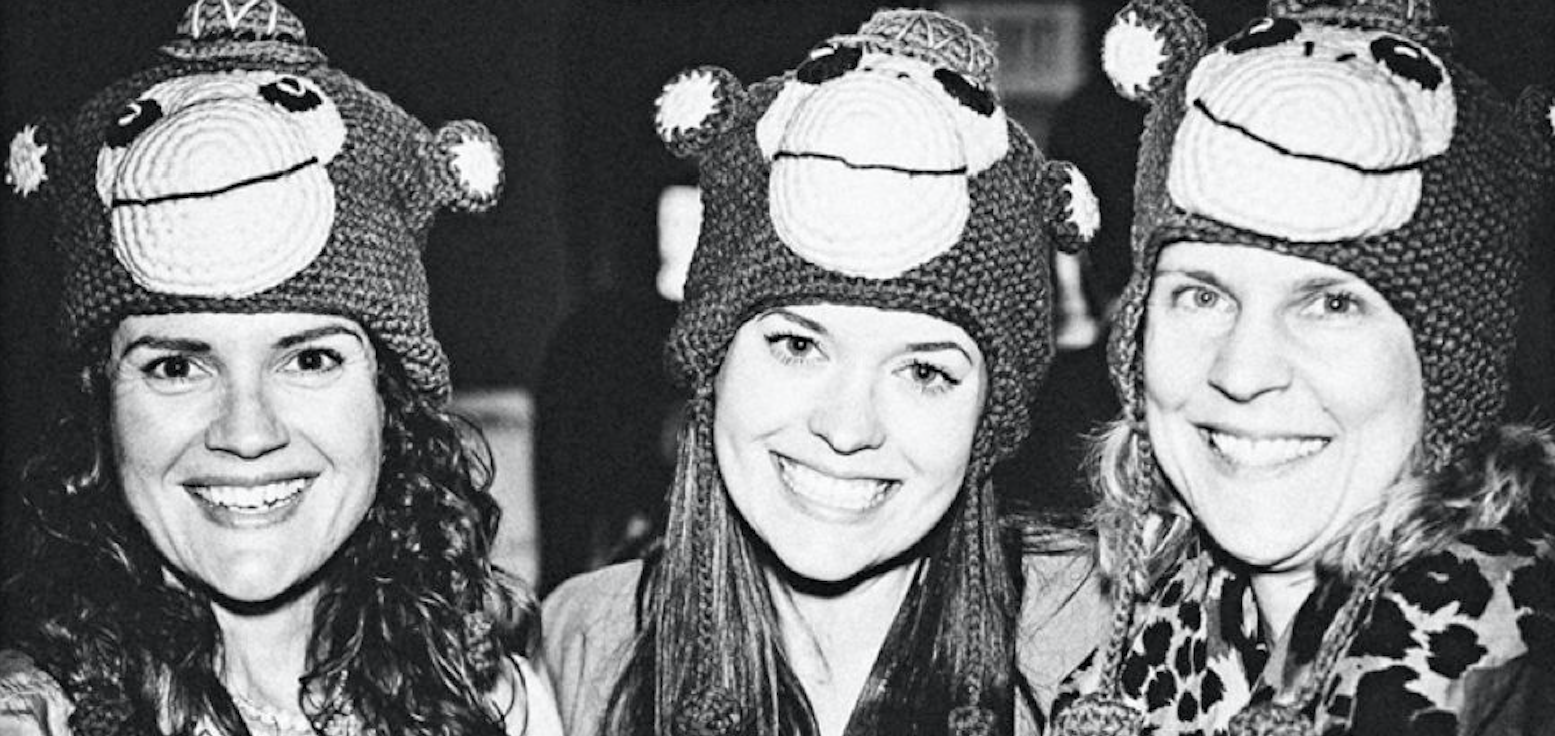
2010-2015: “Create more value than you capture.”
Many of the values and ways of working taken for granted today in Toronto go back to those early unconferences. “This one time, at BarCamp” was popular enough to be immortalized in a T-shirt, and “create more value than you capture” (liberally borrowed from Tim O’Reilly) eventually became a cornerstone mantra of the community. But, arguably until about 2010, the community was still intermittent, turning on and off with each event. Or as Crow put it, “you weren’t able to sustain yourself by going to events, drinking beer, and eating pizza.”
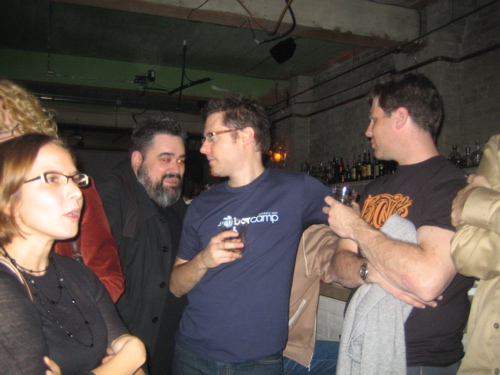
That critical mass would come in the years to follow, as the city was hit by a wave of tech growth that coincided nicely with Drake’s graduation from Degrassi to Toronto’s global ambassador. The list of incubators, accelerators, coworking spaces, venture capital firms, product shops, and startups launched from 2010 to 2014 is far too long to include here; it’s easier to point to the curated guides posted by Crow in 2012 and 2014 to help the community keep track of its own growth.
Much like the community’s early beginnings in Toronto’s West End, King and Spadina became the next point of connection, spreading branches out along Adelaide, Richmond, and any side street with cheap rent and a decent wireless connection. Fledgling companies outgrew their first homes, moved into their own offices (saving a few hot desks for friends), and transformed what was once a ghost town into one of Toronto’s busiest tech districts.
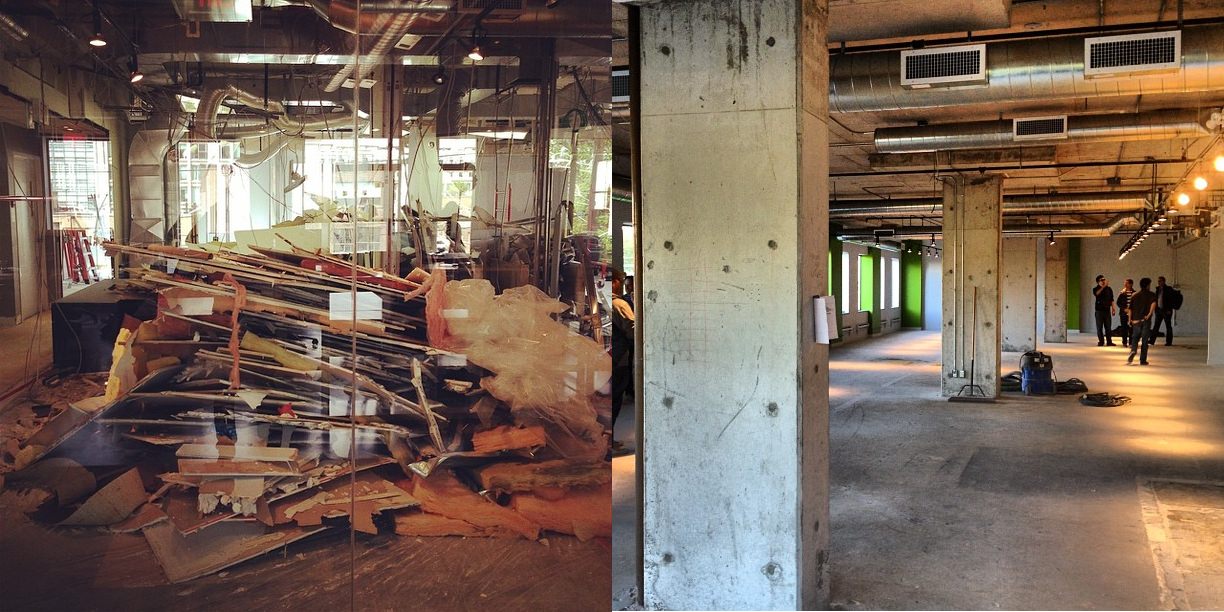
Again, the growth drew U.S. attention, this time in the form of acquisitions and funding. Google was one of the first to swoop in, grabbing BumpTop before heading down the 401 to snap up PostRank and SocialDeck. SocialDeck wasn’t the only social gaming play at that time, as then-giant Zynga snagged Five Mobile in 2011 to establish a studio in the city. The acquisitions kept coming in 2013, with Shopify grabbing Jet Cooper to establish a beachhead in Toronto, and Pivotal doing the same with Xtreme Labs. ScribbleLive shot back in 2014, acquiring Toronto’s CoverItLive from U.S.-based Demand Media, marking an end to the liveblogging arms race (remember when social media was fun?).
While Wattpad’s $17.3 million USD Series B in 2012 (featuring Union Square Ventures, Khosla Ventures, and Yahoo! co-founder Jerry Yang), and 500px’s $8.8 million USD Series A in 2013 (featuring Andreessen Horowitz) demonstrated that serious U.S. ventures were willing to invest in Toronto companies, the flurry of acquisitions reignited longstanding community debates about the merits of selling ‘too early’ or ‘too quickly’ to U.S. suitors — debates that continue to this day.
For Ameet Shah, Five Mobile co-founder and now a VC himself, the period is remembered as one where Toronto’s potential was starting to be realized. Having survived the 2008 financial crisis, and on the cusp of a new mobile-focused era with the launch of the iPhone, “there was a new opportunity in front of us and the industry to go after it.” But that didn’t mean there weren’t also growing pains.
“The influx of capital with this great engineering talent base just set everything up: you’ve got this massive platform change from web to mobile, and everyone’s sort of panicking, no one’s got this figured out. And here’s Toronto with a whole bunch of people that have a tremendous amount of [mobile] experience sort of saying, ‘look at me, we’re here’.”
– Ameet Shah, Five Mobile co-founder
“When Zynga acquired us, everything I thought I knew about product management, I had to throw out the door,” Shah said. “They were at the cusp of this data-driven product management style, and what it forced us to do from a hiring perspective was we really started optimizing for really smart people because we could run them through the Zynga playbook of how to solve problems.”
The educational benefits of a U.S. acquisition was a sentiment shared by Sheetal Jaitly. Now the founder of TribalScale, Jaitly was a director of business development at Xtreme Labs when it was acquired by Pivotal.
“The first thing that happened when we got acquired by Pivotal is that we came into this machine,” Jaitly told me. “We were always great at building apps, but Pivotal really started to show us the light: what happens after the app is built, how are you actually going to deploy it? We were always at the handoff point — we built the app and we’d hand it of to the DevOps team on the client side. Being able to learn the full end-to-end lifecycle of how to launch a product was huge.”
Both Shah and Jaitly agreed that the exposure to new processes and platforms more prevalent in Silicon Valley than Toronto at the time became a net positive for the city as engineering and product talent was released back into the ecosystem. “The best outcome from all of the acquisitions that occurred in and around that time was that it sort of forced the ecosystem to level up; it taught people something that was net new,” Shah said.
That Year Everyone Sold or Shut Down (2015)
When Teehan+Lax announced the company was shutting down in January 2015, it sent shockwaves across Toronto’s product and design community.
“It’s a tremendous loss for Toronto having a world class design agency close its doors, but there’s an opportunity here, while the spotlight shines on Toronto (perhaps all too briefly), for the rest of the design community to show the world that Teehan+Lax was not the lone light here,” Lee Dale, co-founder of Say Yeah!, said at the time.
In an interview with BetaKit, Jon Lax listed seven companies that made him “bullish on the scene” going forward: Jam3, Heist, Normative, TWG, Say Yeah!, Nascent, and BNOTIONS. Before the year was up, two of these companies would also be gone.
Heist tapped out in June, along with BNOTIONS, which sold to what’s now called Symbility Intersect. Endloop would follow in July, acquired by Demac Media. Almost a year to the day of T+L’s closing, Gallop Labs sold to Big Viking Games.
In explaining its decision to shut down, Teehan+Lax spoke to the concept of escape velocity, the “work and investment required for established companies to break patterns in their business to find new levels of growth and sustainability.” A difficult proposition when “every service company is three months away from going out of business,” as Heist’s Christopher Hayes put it.
2015 revealed the number of Toronto product and design companies struggling to balance the pressures required of scale. It also demonstrated that, for companies choosing scale, the best place to start is by grabbing the talent around you. It was a lesson well-learned (see: Shopify and Tiny Hearts; TWG and B House).
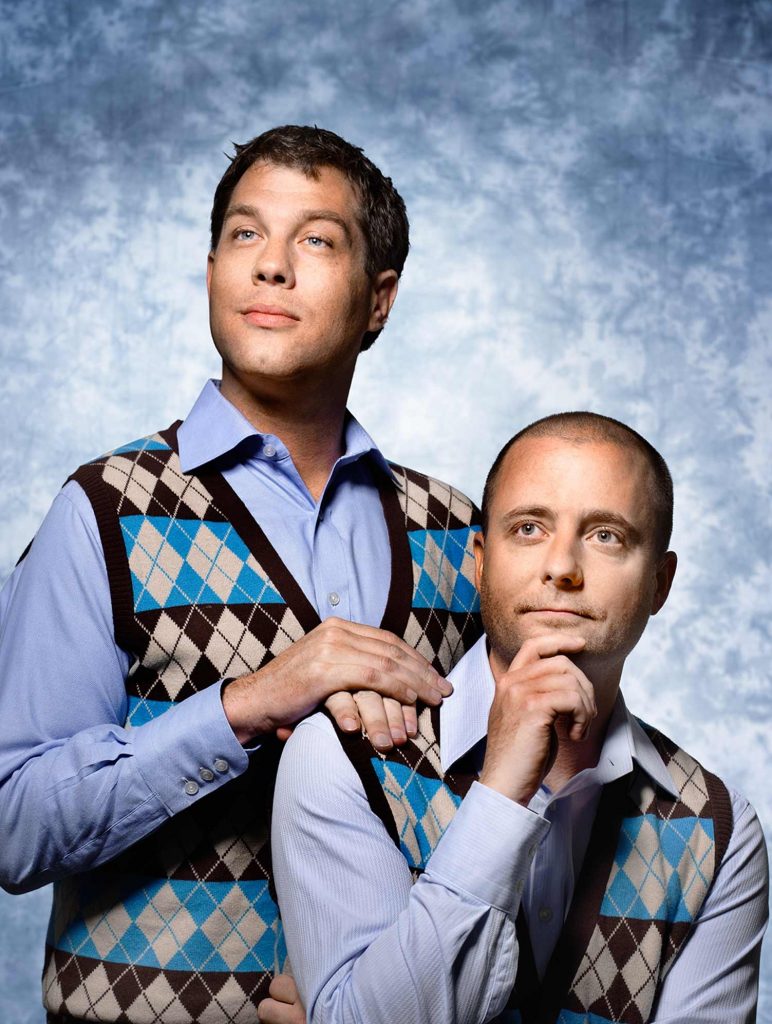
The influx of cash, activity, and attention didn’t come without tension; that oft-repeated, difficult to define concept of value was used both as a rallying cry and a weapon. No oral history of the Toronto product community is complete without at least one ‘get off my lawn’ quote from Crow.
“In 2012, there seemed to be all these other entities with larger backing and funding who had different motivations — they were trying to achieve metrics as opposed to just creating value,” Crow said. “And as more money came in, the ecosystem evolved. For better or worse, there were people who just wanted to hang out and be internet famous with their BS funds or accelerators, and others who were service providers, and good actors.”
“That’s what really got me involved in this specific movement: I literally just wanted to connect with other people like myself.”
– Ria Lupton, WWCode Toronto chapter founder
One clear benefit to the explosion of growth in the Toronto ecosystem was that it also made the community more diverse. Those early unconferences were very male and predominantly white. While this fact didn’t change overnight (and frankly still hasn’t changed completely), an influx of diverse voices and faces from 2010 onward slowly started to change the ratio, thanks in no small part to the people leading the next wave of community events. #DevTO, Girl Geeks Toronto, WWCode Toronto, and TechGirls Canada are a few of the organizations that created space for more perspectives and broader participation in product development.
“What got me interested was being a computer engineer and making a career switch towards marketing, but also noticing [the homogeneity of] the group that was getting represented, doing speaking gigs, and getting press,” said Ria Lupton, founder of the Toronto chapter of Women Who Code, which launched in 2014. “Obviously, I believe that coding is important and that everyone should have basic tech literacy and digital skills, but it was also those connections and sense of community that drove me to those groups.”
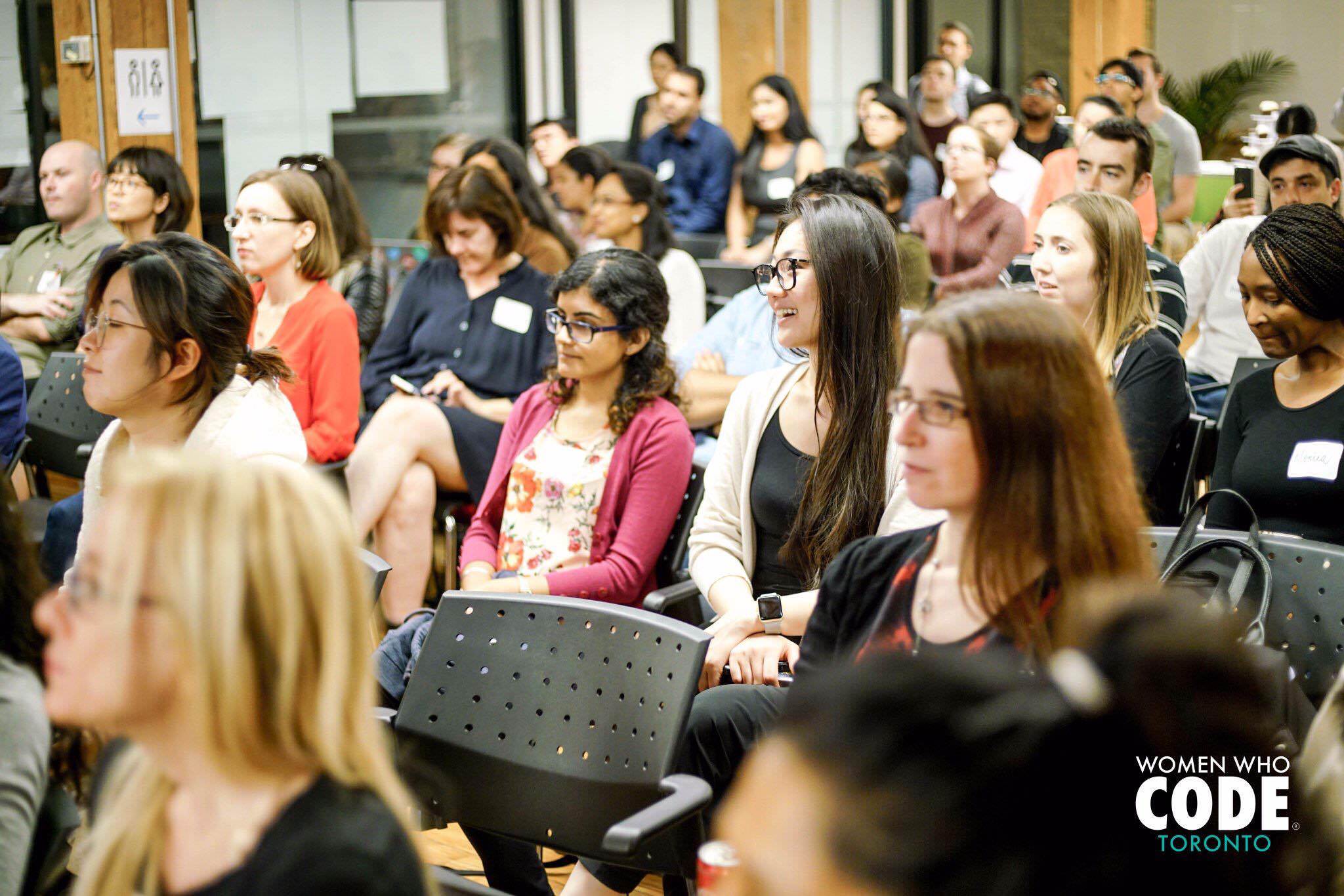
While Lupton said that the initial intention of these emergent groups was generally to “make friends, have a sense of community, and hang out,” they also evolved organically alongside the capabilities of the ecosystem.
“Our first couple of events had much fewer attendees in formal product management or design roles,” Daryna Kulya told me. Kulya founded Product Hunt Toronto back in 2014 while working at Deloitte. Now she works as a Product Manager at Vidyard.
“Today, our events are filled with both experienced and new product managers and designers,” Kulya said. “There are now more and more seasoned product leaders who have shipped multiple products and are willing to share their knowledge.”
“The true potential of Toronto.”
“It’s fun to look back at the early days of Mesh, LeanCoffee, DemoCamp with David Crow and his crew, but all of a sudden now we were seeing the creation of TechTO, and more events than any of us really could begin to count.
Today, I really think Toronto has identified itself in its own right. I don’t hear anyone referring to us as Silicon Valley North anymore. I hear people saying that we’re from Toronto. That comes with an understanding of the fact that the ecosystem and technology is more diverse — certainly is inclusive of more women, people of colour — far more than was the case a decade ago.
What’s really interesting now is that you’re starting to see a lot of organizations who are leading in this area, who are leaders in the technology space, recognizing their own accountability and the work that they need to do in order to ensure this ecosystem is truly open and accessible to everyone.
The reason why I think that this is so relevant is because it’s in the richness of diversity that your greatness can grow. Toronto’s technology ecosystem in its infancy wasn’t very diverse. It was good, but it was not great. Now, as we’re starting to make the movement towards an ecosystem that is more supportive and inclusive, I think we’re only now starting to see, or will start seeing, the true potential of Toronto — we are coming close to seeing our true potential, but to get there we still have work to do.”
– Adil Dhalla, Centre for Social Innovation Executive Director / My City Lives co-founder
Present Day: More Life
Ten years ago, it was a big deal for a Toronto tech company to open its doors for a community event. Now, those same companies employ their own community managers, with shops like TWG, Rangle, and Pivotal hosting events at a regular cadence. Larger community events like TechTO and WWTO attract hundreds of attendees, requiring some of the city’s largest event spaces to hold them. TribalScale hosted its first daylong digital innovation event this year. It would have been a huge deal for Mayor David Miller to attend TransitCamp in 2007; in 2017, Mayor Tory’s attendance is expected. Shopify’s Toronto office regularly plays host to provincial and federal ministers. There’s now a community event for every shape, size, or interest.
“I’m bullish on where we can be – we started with about six people, then we had 60, now every month maybe 600 people come out. One day, we will be 600,000 people.”
– Mike McDerment, FreshBooks CEO and co-founder
“We’ve gotten to the point today where if I press ‘go’ on an event, it’s very rare that we are not able to get anywhere from 500 to 1,000 RSVPs,” said We Are Wearables founder (and former BetaKit Senior Editor) Tom Emrich. “But that’s not how it started. It started with me trying to fill co-working spaces, and hoping that 100 people would show up.”
Emrich correlated the growth of events like WWTO, which launched in January 2014, with that of the broader Toronto tech community, noting that he has been unable to replicate a wearable tech event at the same scale in other cities. “Toronto made it easy to be the home for wearable tech,” he said.
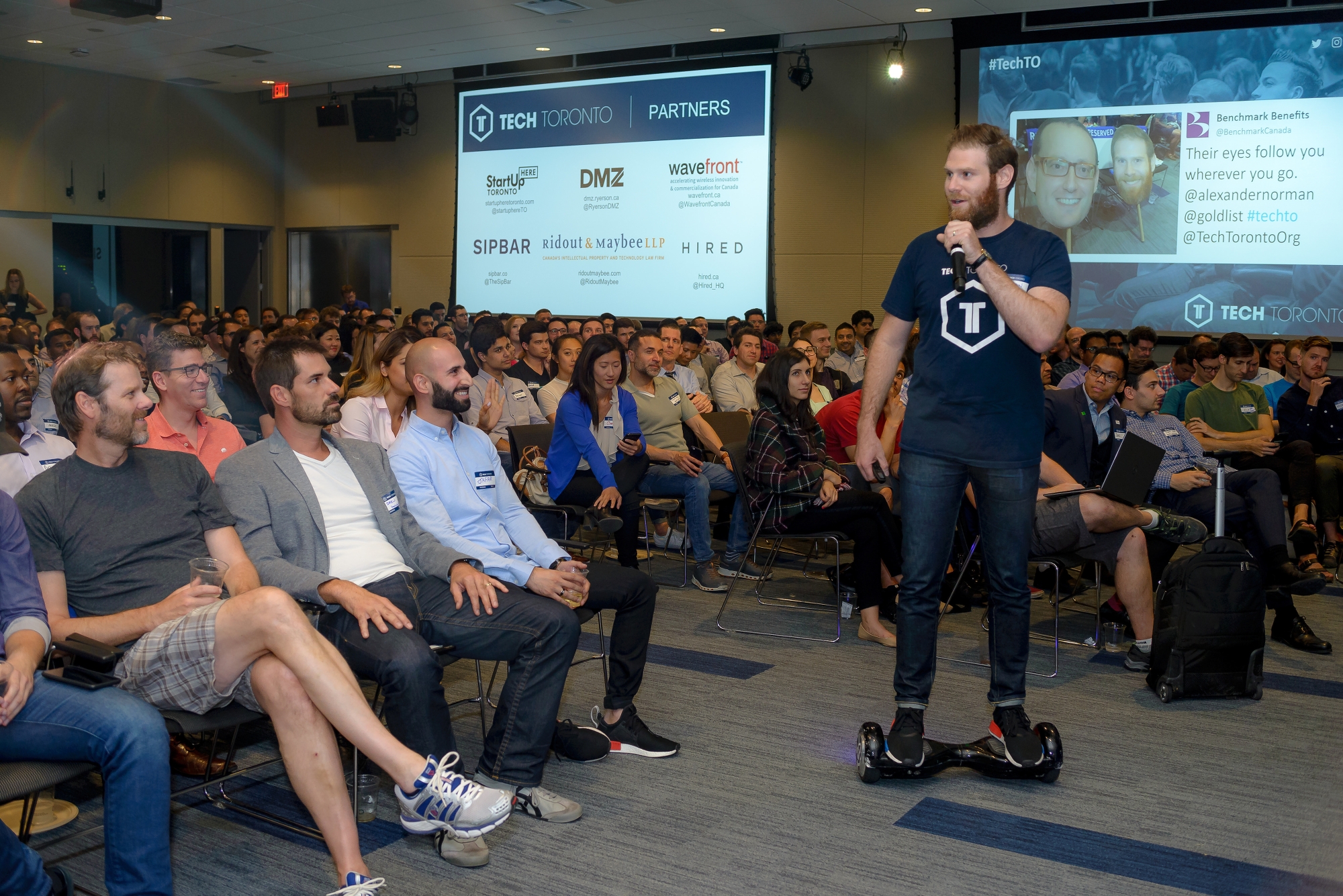
Thankfully, many these community events are also about more than “drinking beer and eating pizza,” with a renewed commitment on diversity and inclusion. #MoveTheDial and Change Together are two recent examples of initiatives backed by broad tech partnerships that wouldn’t have been possible a decade ago — the connective tissue simply wasn’t there. Those strong partnerships for change are also extending beyond the Toronto’s tech bubble into other sectors, whether in health with #Tech4SickKids or civic responsibility with Code for Canada. The rolodex is bigger now, with government and corporations acting as equal partners.
Lupton told me “it was so hard to get sponsorship in 2011” for women in tech or related events. “It was just people doing them on the fringes, and somebody would notice you and give you money,” she said. “Now, I feel like there is a lot more money and funding opportunities for these organizations.”
“I’d like to see our tech community recognizing its civic potential, and thinking about the impact tech companies have on the city — not just in terms of the jobs they create, on the way they help shape what the city actually is and how it works.”
– Gabe Sawhney, Civic Tech Toronto co-founder
Toronto’s product and design shops aren’t just acting locally, however: they’re thinking globally. Symbility Intersect, TribalScale, and TWG have all opened international offices, and Wattpad, FreshBooks, and Shopify are all globally recognized brands.
With the growth has come a hunger; the most common complaint you’ll hear from a Toronto product shop these days is about talent rather than tech stack. While Wattpad and Shopify’s leaders have advocated the government for a Global Skills strategy to acquire senior talent, a whole ecosystem has sprung up to fill the pipeline with a new generation of young and hungry indies.
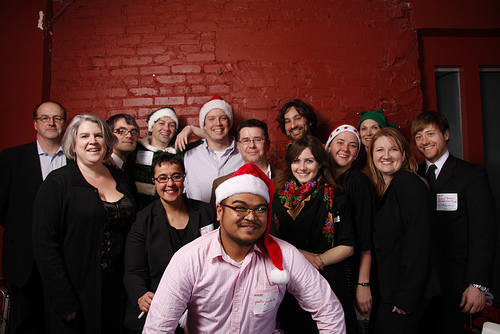
Standing at the intersection of King and Spadina would put one within walking distance BrainStation, Lighthouse Labs, HackerYou, BitMaker, and Canada Learning Code. As digital literacy crosses over into the mainstream (even the Prime Minister has learned to code), the rise of bootcamps for development, design, and marketing ensures Toronto’s ecosystem can sustain its forward momentum.
“In 2009, I was here for university, and moved here for school – I worked with a lot of different industries, and worked in PR,” Senior Product Designer Andréa Crofts told me. “I noticed bootcamps popping up and since I wanted to get into tech, I came to TWG after learning development at HackerYou, and went to university for design. Through development, I got a framework for design.”
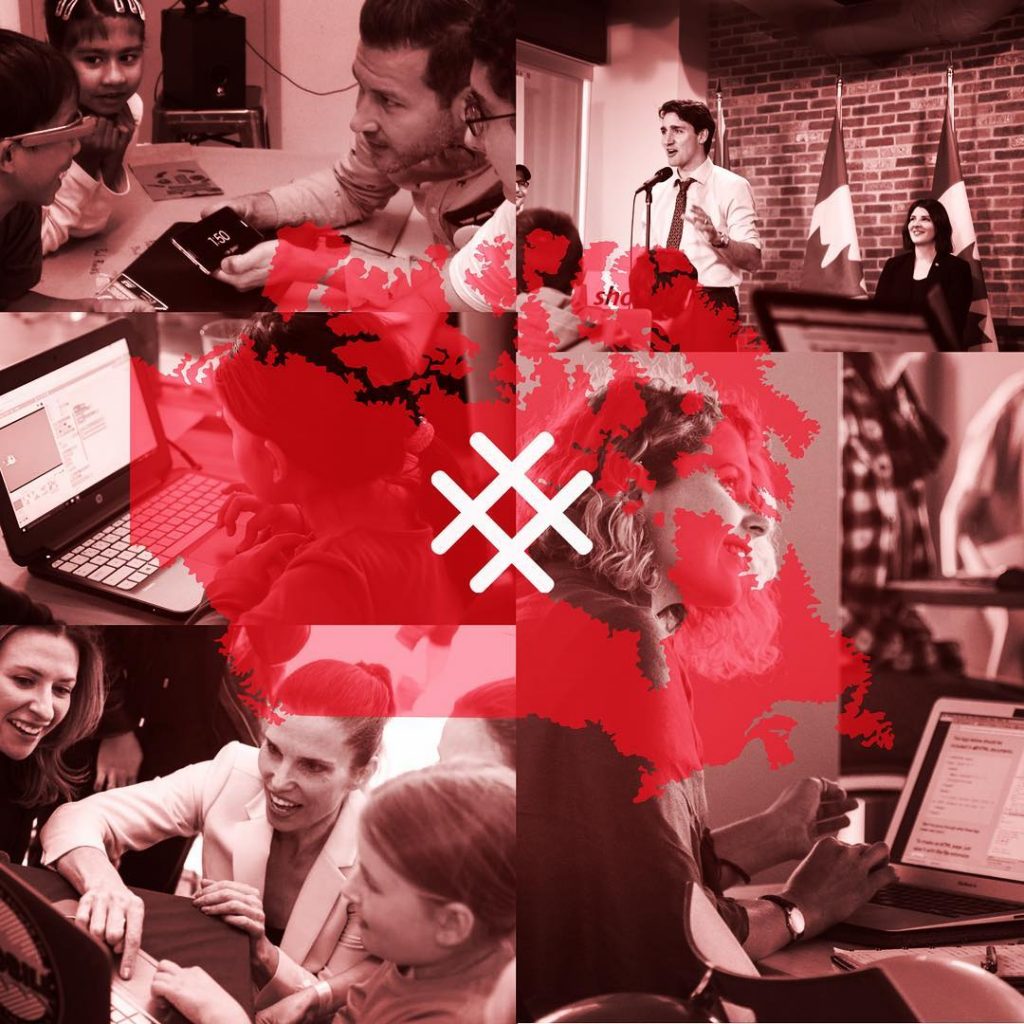
Canada Learning Code
“I remember there being a lot of energy and excitement in the tech community back [in 2011]. The fact that Ladies Learning Code started with a tweet says it all: I tweeted something (to my 400 followers) about how there should be a group in Toronto for women who want to learn how to code, and there was so much immediate excitement that the idea just sort of took off. There was something special about that time, because I don’t think the same thing would happen today.
The rise of coding bootcamps is really exciting to me. In addition to HackerYou, there are four other coding bootcamps, all of which are now registered as Private Career Colleges. The most exciting part for me is that bootcamps tend to see higher numbers of women than traditional computer science programs. Course Report has found that 43 percent of bootcamp students are women. At HackerYou, in our vocational program, we’re closer to 65 percent female, which means that every year, we create about 100 female developers, most of whom begin careers in Toronto.
Combined with the great work coming out of Canada Learning Code and other non-profit and charitable groups, plus the effort from our federal government to invest in the skills of the future, I’m feeling very optimistic about Toronto becoming the most diverse tech community in the world over the next five years.”
– Heather Payne, HackerYou CEO and founder
Taking the lead
As we near 2020, the city’s tech ecosystem feels primed to transform into something more. Now might be a good time to reflect on how we move forward.
“We are still a generation one software camp,” McDerment told me. “We’re at the tail end of our first generation, and need more of those breakout companies getting built, and to scale our anchor tenant companies. We need more companies exiting, a cycle that needs to repeat itself a bunch of times. There will be a lot of carnage, but the big companies that scale up are fundamentally what leads to the regeneration.”
We need not shy away from the carnage. It’s how great products, companies, and communities get built. But how does Toronto reach that scale? How do we build better products and stronger companies to get to the next generation?
“I’d like to see less glamorization of entrepreneurship and more consideration of it as an intentional choice, not a glamorous choice. I see a lot of starry-eyed people who see the glamour but not the grind. Glamour & Grind.”
– Tom Walsham, TWG VP of Product
“I have very strong opinions on the next few years,” Normative CEO Matthew Milan said. “Thinking about the future, and understanding where the new lines ought to be drawn – suffice it to say the age of traditional design is slowly coming to the end and a lot of tools, approaches, and skills developed in the last 10 years are going to be of diminishing value going forward.”
As the new lines are drawn, and new approaches to design and development are adopted, it’s important to stay grounded in what that got us here in the first place. “The ethos — highly engaged local community — that existed [back in 2008], it’s important to keep that going and encourage people to more quickly reach the conclusions that took a lot of us a long time to reach,” Walsham said.
Two years ago, Jon Lax told me that his advice to any design company is to “be a great company from Toronto but not a great Toronto company. Build a company whose skills are so unique that people from all over the world will seek you out to do what you do best.”
What it means to be a great Toronto company has changed since those grey and chilly unconferences more than a decade ago. Beyond creating value, the Toronto ecosystem is now creating core values — something so unique, so Toronto, that people all over the world will seek it out. I’d bet on that over anything.
Facebook
Twitter
LinkedIn
This longform piece was inspired by conversations between BetaKit and TWG ahead of the company’s 15th anniversary. In celebration of the milestone, TWG kindly provided support towards its production, including hard costs for fact-checking, photography, and web development. BetaKit maintained complete editorial control.


